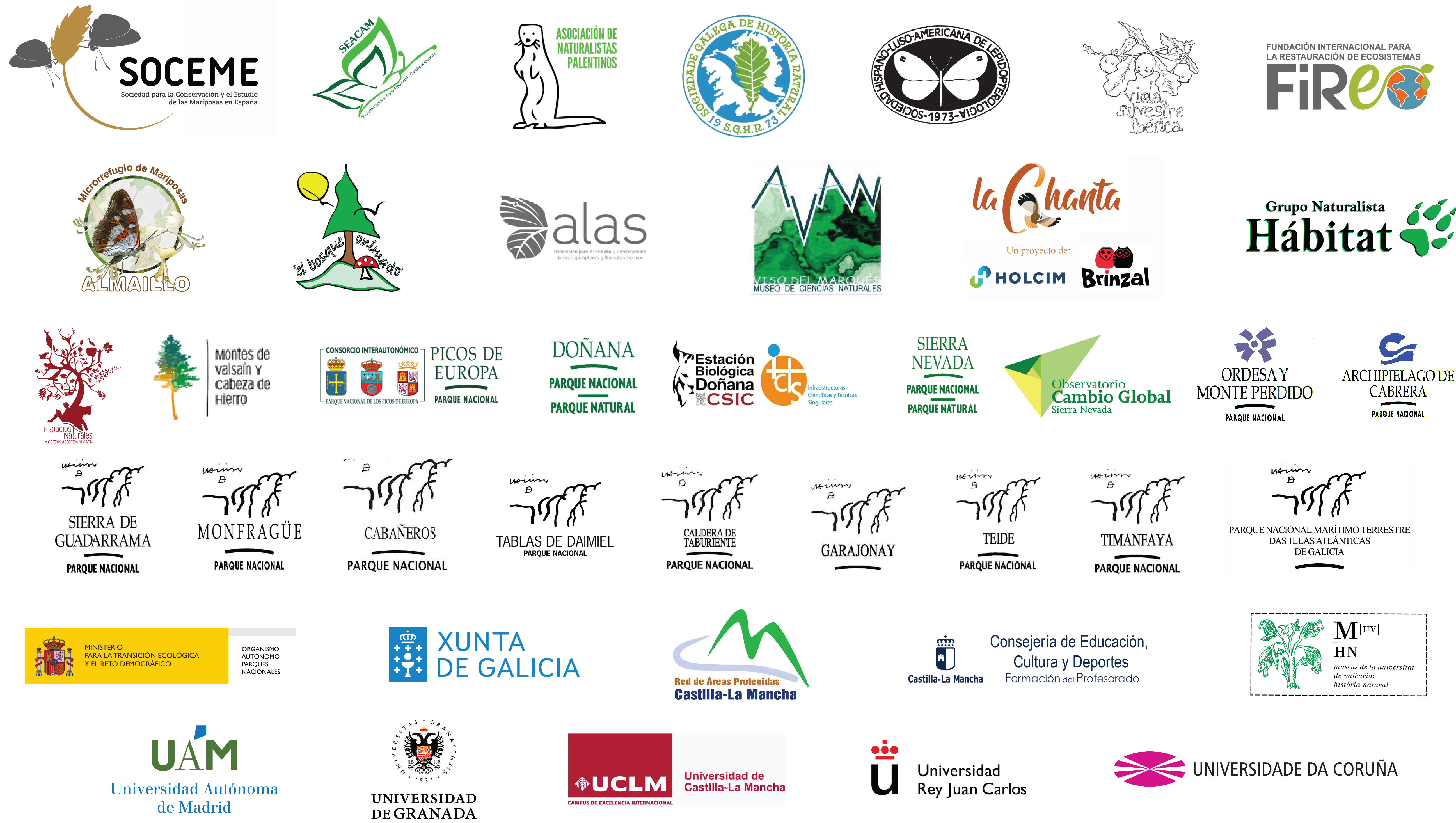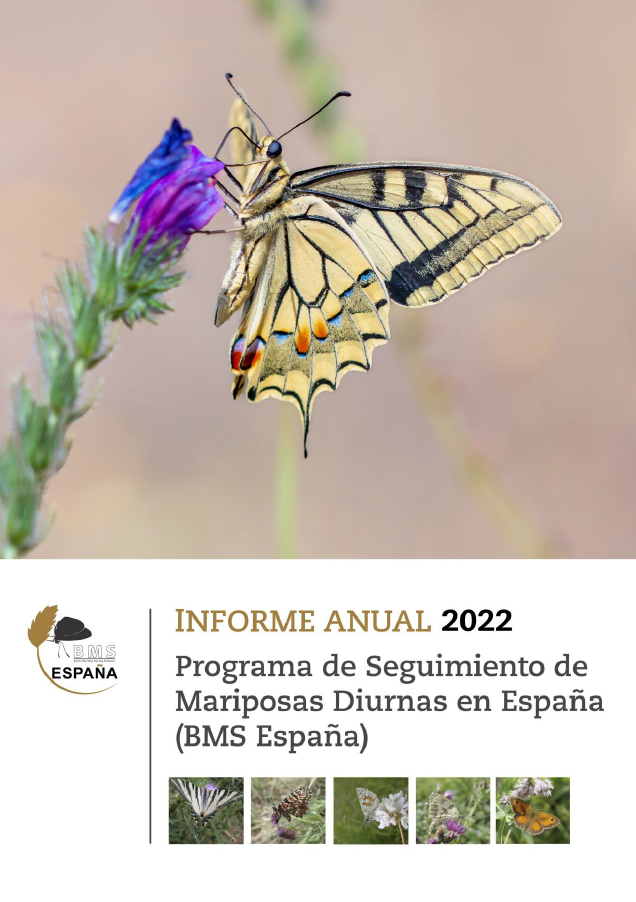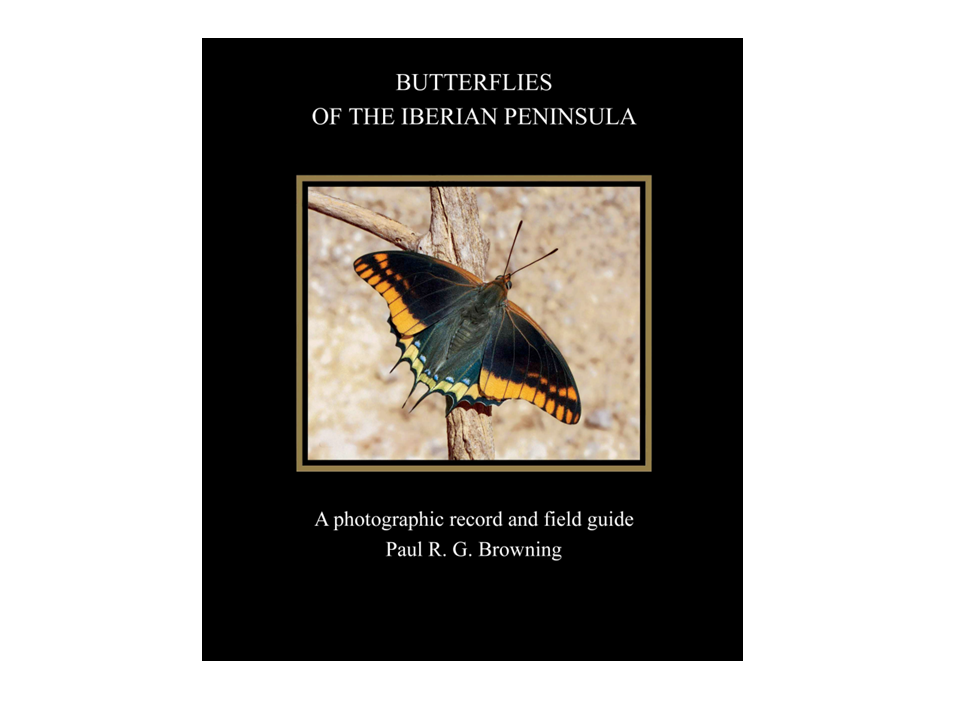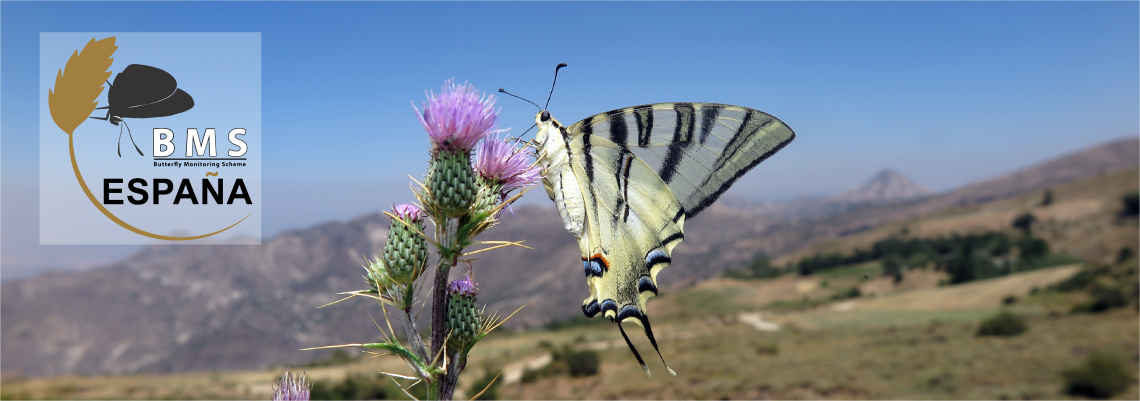
Welcome to Spain BMS! 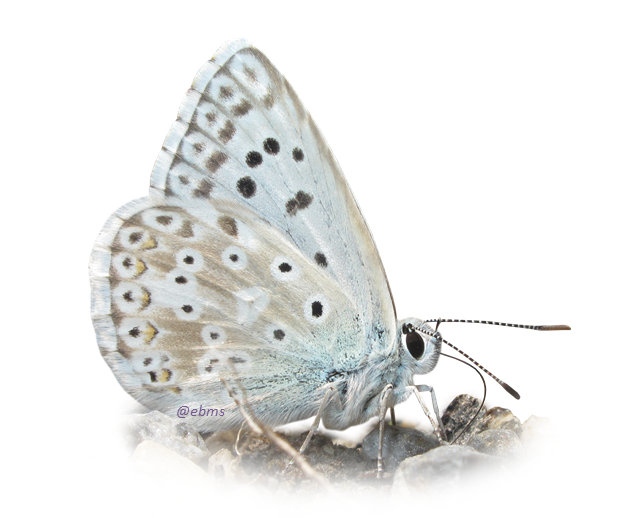
Welcome to the portal of BMS Spain in eBMS, we are one of the Butterfly Monitoring Programs in the eBMS network that together with thousands of volunteers, collect essential data in the field for the best conservation of butterflies. This page includes information about the BMS, different documents to monitor butterflies in the field and more information about events, publications, and others of the BMS Spain.
Enjoying nature counting butterflies
What is the BMS?
BMS, is the Butterfly Monitoring Scheme, which is responsible for monitoring butterfly species using methods shared with all of Europe, mostly with transects. The BMS aims to assess the abundance of butterfly populations, to establish adequate conservation strategies thanks to the efforts of many volunteers. If you like butterflies and spend time outdoors join us at BMS Spain, share your passion for these beautiful insects with all Europeans, collaborating with citizen science.

Participants Valsaín meeting 2022 - Annual volunteers meeting Nov 2022
 Contact:
Contact:
Follow us on Facebook! You can join the SOCEME page on Facebook to know the BMS news, activities, and more about Spain BMS. Other contacts:
- Facebook group Seguimiento y conservación de las mariposas diurnas en España to share ideas, and opinions with other BMS volunteers. Especially to ask questions related to butterfly identification, there are many volunteers who can help you to start!
- Email: for any doubt or question regarding BMS España you can put in contact through this email [email protected]
SOCEME
Society for the Conservation and Study of Butterflies in Spain (Sociedad para la Conservación y el Estudio de las Mariposas en España), subscribed in section 1, nº622410 del National Registration of Associations. C.I.F. G06980684. Estatutos Soceme.
To complete your membership, you will have to pay a symbolic membership fee of €20 to the association's account number indicated on the membership form and fill in the membership form (in Spanish, write to Soceme for more information in English). Each member will receive a gift upon registration and will be able to propose and/or actively participate in the society's projects. As you may be in doubt, it is not compulsory to become a member to participate in Spain BMS, so you can continue your transects as normal without being a member of SOCEME.
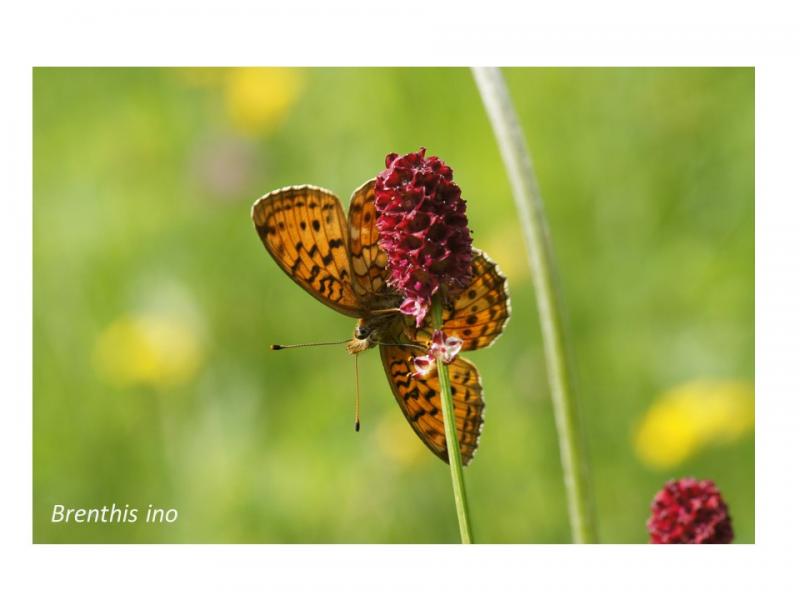 Publications / Reports
Publications / Reports
Lopinga Magazine
The annual magazine is dedicated to the butterflies of the Picos de Europa National Park. Lopinga is the work of the butterfly monitoring team in this protected area, which since 2013 count butterflies recording already more than 130 butterfly species. The content of the magazine shows the effort and work done by park rangers, guides and technicians. Here you can download the latest issues published:
Lopinga magazine 2024 (pdf. Spanish)
2017, 2018, 2019, 2020, 2021, 2022, 2023 (pdf. Spanish)
Annual Reports BMS Spain
Each year a report is made with all the information about the butterfly monitoring season of BMS Spain. So you can see the summary numbers of the butterfly monitoring during the year and the different changes in terms of transects, species, and more.
Report 2024 (pdf. Spanish, English summary)
Report 2023, Report 2022, Report 2021, Report 2020, Report 2019, Report 2018, Report 2017, Report 2016
Materials BMS Spain
Manuals
- Butterfly Transect Manual of eBMS
Discover the transect methodology for butterfly monitoring. In this manual, you will learn the simple and basic rules to follow when performing a transect.
eBMS Transect Manual (English)
Download the Field Sheet (pdf)
- Manual BMS Spain
Manual (2015) for the application of the Butterfly Monitoring Scheme in Spain. In this manual, you will find all the necessary information to start your butterfly monitoring with transects, the different coordinators per region, and information about the BMS.
- eBMS Guidelines
Download the complete eBMS guide on this link. It includes information on how to create new transects, edit your transects, add visits and see where to generate the graphs of your data. Some parts of the guide could change, the website is updated.
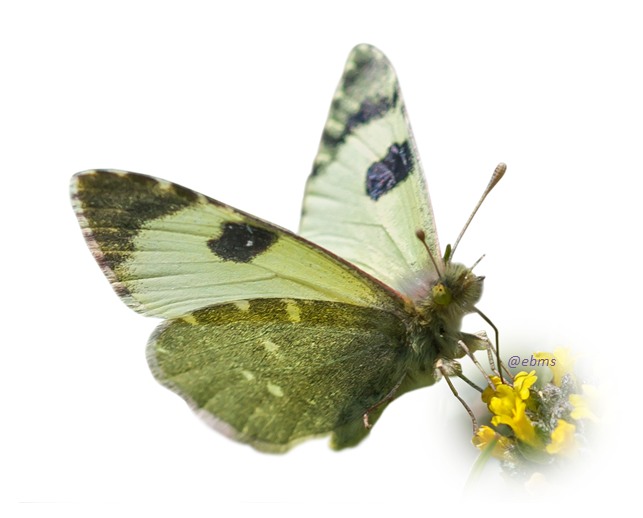
Please, contact the coordinator before starting a transect, they can help you with where to do your transect and give advice on butterfly monitoring. For any questions about Spain BMS, you can contact us at this email [email protected]
Butterfly Field Guides for Identification in Spain
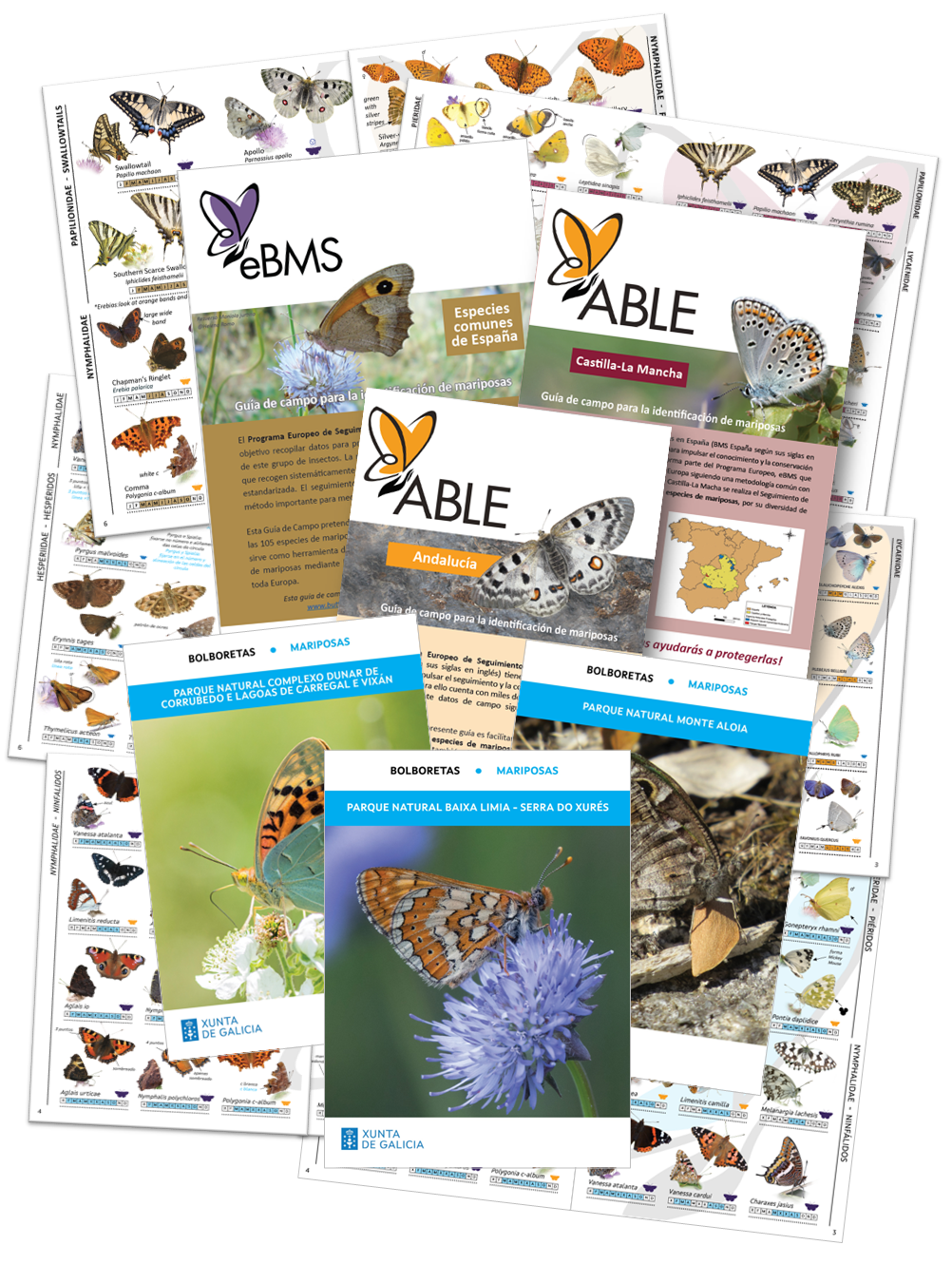 Common species Spain
Common species Spain
Spain is a diverse country with different climatic zones where there are at least 258 butterfly species; great diversity, and challenge to monitor. For that reason, a new Field Guide of the Spanish Common Species has been created to facilitate the identification of the 105 most common species in the country, including Canary species. Like the rest of the Field Guides, you can find a nice and logical order of the species, pointing out and highlighting important characteristics to identify properly the species.
Diurnal moths Field Guide of Spain in Spanish
Andalucía
This Field Guide includes 93 of the most common butterfly species in Andalusia in just 12 pages. This Guide aims to be useful by reducing the number of butterflies in an area as rich and diverse as Andalusia, a Mediterranean area with an African influence and peculiar endemisms. You can download the guide in PDF in various formats:
- Andalusia Guide (Spanish): to print directly, Andalusia guide by pages (Spanish): pdf with individualized pages to download to your device or print
- Andalusia Guide (English): to print directly, four sheets to be printed on both sides, the pages are ordered for printing.
Castilla-La Mancha
Castilla-La Mancha is a region of the peninsular center of Spain with a great diversity of ecosystems. It has a large number of butterfly species, with a total of 157 species in the whole region, being the 67.4% of the peninsular total. You can see the Complete list of butterfly species from Castilla-La Mancha (CLM) in this pdf. You can download the CLM Field Guide guide in pdf format with the 72 most common butterfly species in CLM in 8 pages.
- CLM Guide (Spanish): two sheets to be printed on both sides,CLM Guide by pages (Spanish): pdf of individualized pages to download to your device or print
- CLM Guide by pages (English): pdf English version of individualized pages to download to your device or print
Galicia
You can now download the butterfly identification booklets that we have designed for the BMS implementation project in the Natural Parks of Galicia on its website: https://patrimonionatural.xunta.gal/es
- Parque Natural do Monte Aloia
- Parque Natural Baixa Limia-Serra do Xurés
- Parque Natural Complexo dunar de Corrubedo e lagoas de Carregal e Vixán
Acknowledgments to Paolo Mazzei, Marco Bonifacino, Raniero Panfili y Daniel Morel (www.leps.it); Javier Olivares, Jose Miguel Barea, Félix Loarte García, Juan Pablo Cancela, Mariano Vindel, José Rodrigo Dapena, Rafael Pérez Fernández, Dan Dahanar, Sergio Teixeira, Izabella Dziekanska, Christos Zoumides, Bert van Rijsewijk, Martin Wiemers, Lars Nilsson, Albert Vliegenthart y Chris van Swaay for providing images for the creation of the Field Guides in the ABLE and SPRING project. Also, to the designer who created the different butterfly shapes from the photos, Eveline van der Jagt and editing by Cristina G. Sevilleja.
Butterfly List (Papilionoideae) by regions
The group of BMS coordinators has generated complete lists of the butterfly species present in the different regions of Spain. Below you will find the species organized by families and in alphabetical order. You can download the lists below (in Spanish):
- Butterflies Andalucía region
- Butterflies Castilla-La Mancha region
- Butterflies Castilla y León Region
- Butterflies Extremadura region (by provinces)
- Butterflies Galicia region (by provinces)
- Butterflies of the Canary Islands
**updated lists on February 2021
Butterfly Identification Guide from the European Butterfly Group
- You can find on the website of the European Butterfly Group, many different butterfly identification guides per group of species: Pieris (Whites), Small Fritillaries (Euphydryas) or Brimstones (Gonepteryx)
- Also, you can find another interesting resource on this website: Butterflies of the Iberian Peninsula by Paul R. G. Browning a revised version contains a lot of information covering Portugal and Spain butterflies. You can download the pdf here

Acknowledgments
The BMS Spain is coordinated by the Universidad Autónoma of Madrid (UAM), with the collaboration of the Autonomous Organization of National Parks (OAPN), Biological Station of Doñana, and various National Parks. There are coordinators for various regions of the country who help coordinate the different volunteers and in general the entire BMS. The logos belong to different organizations and institutions that collaborate with BMS Spain. Thanks to all of them.
